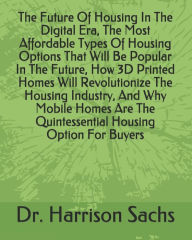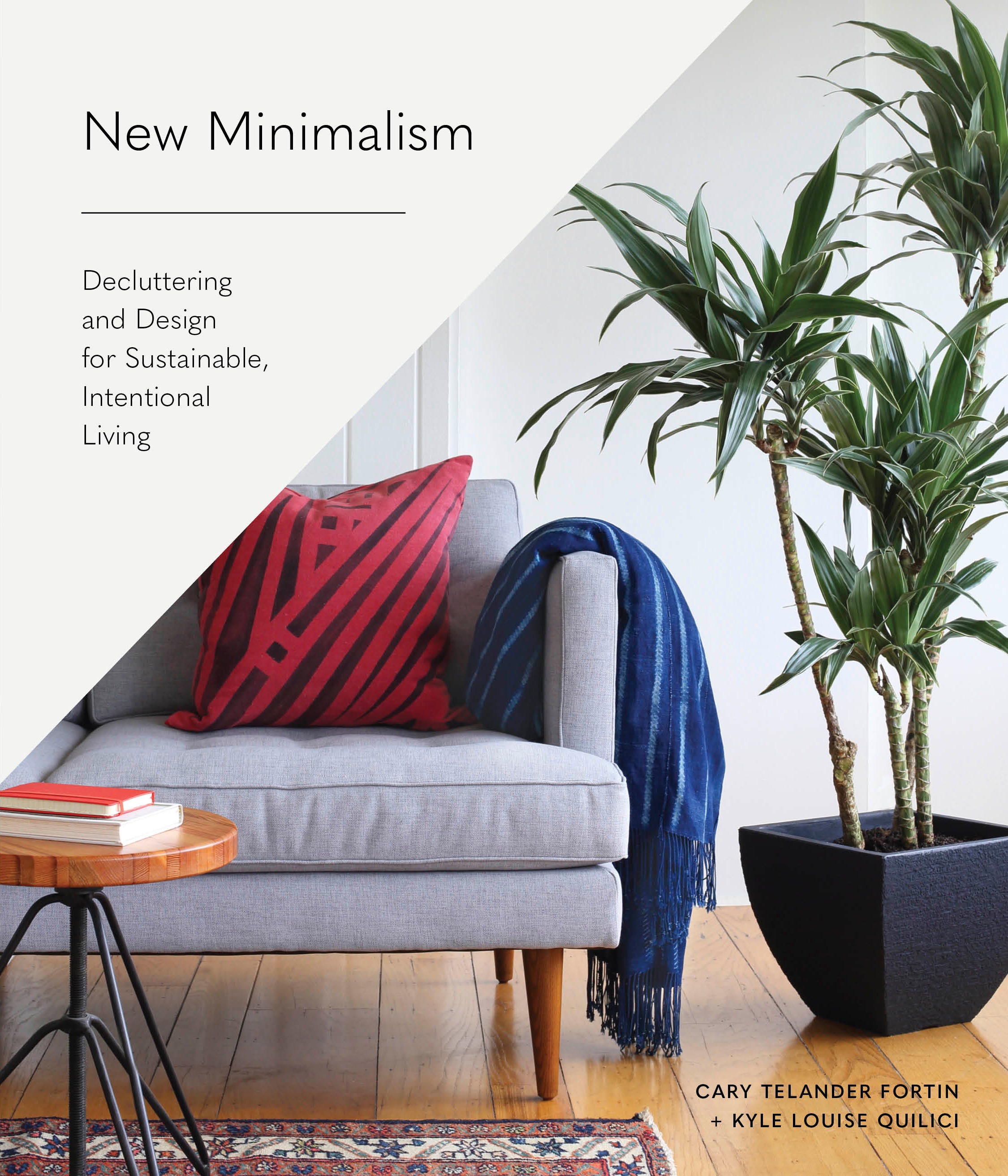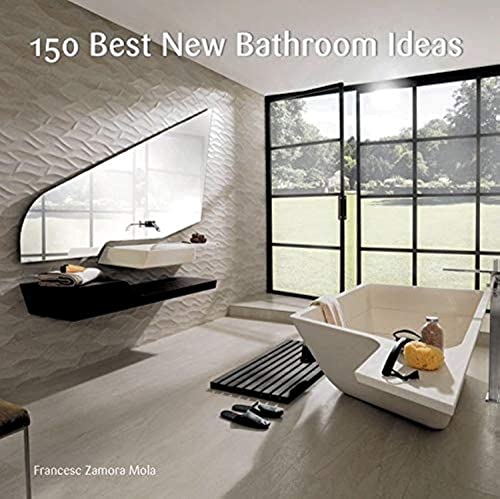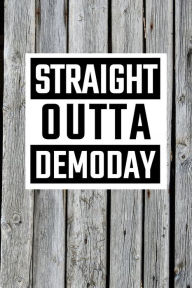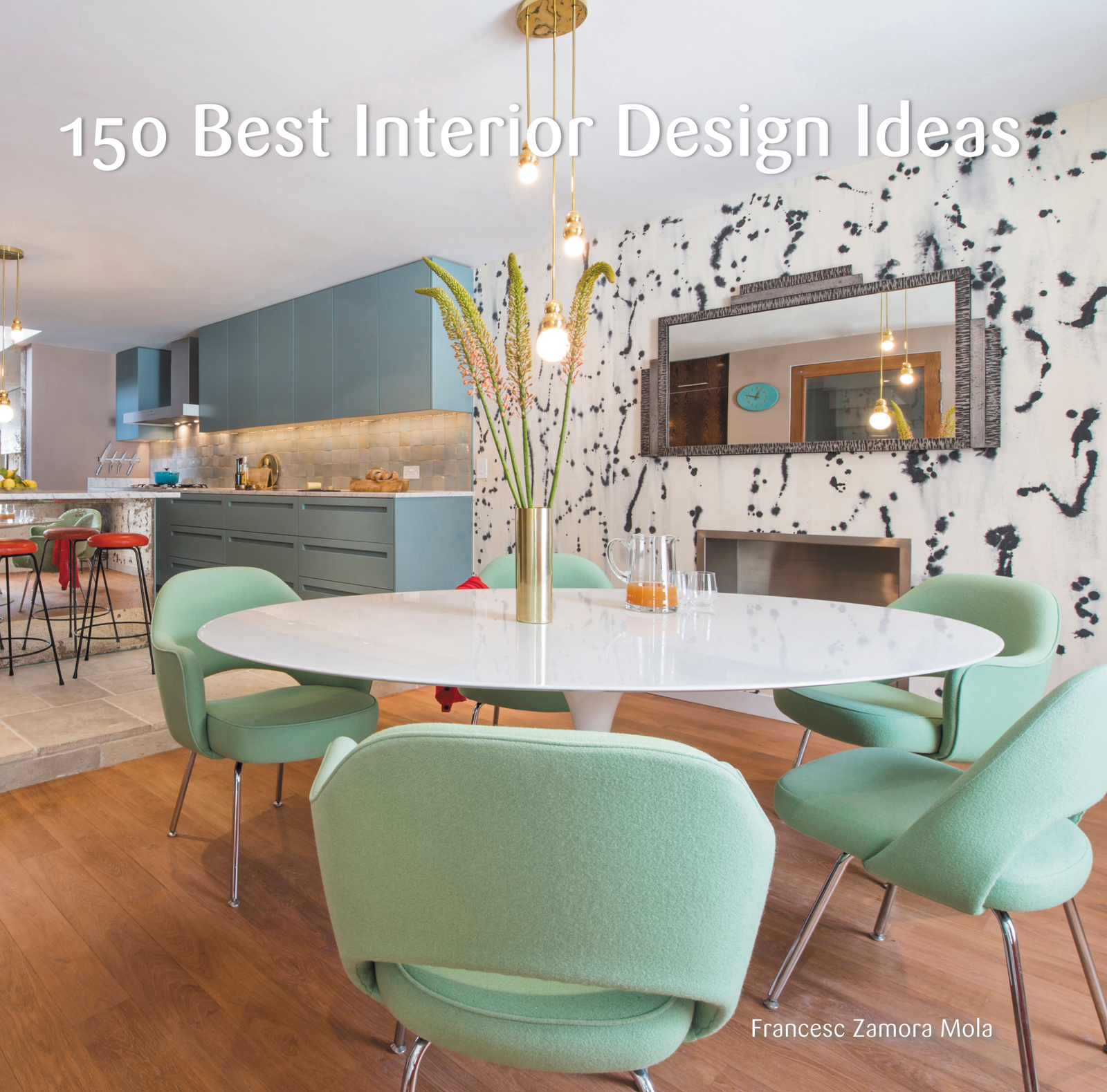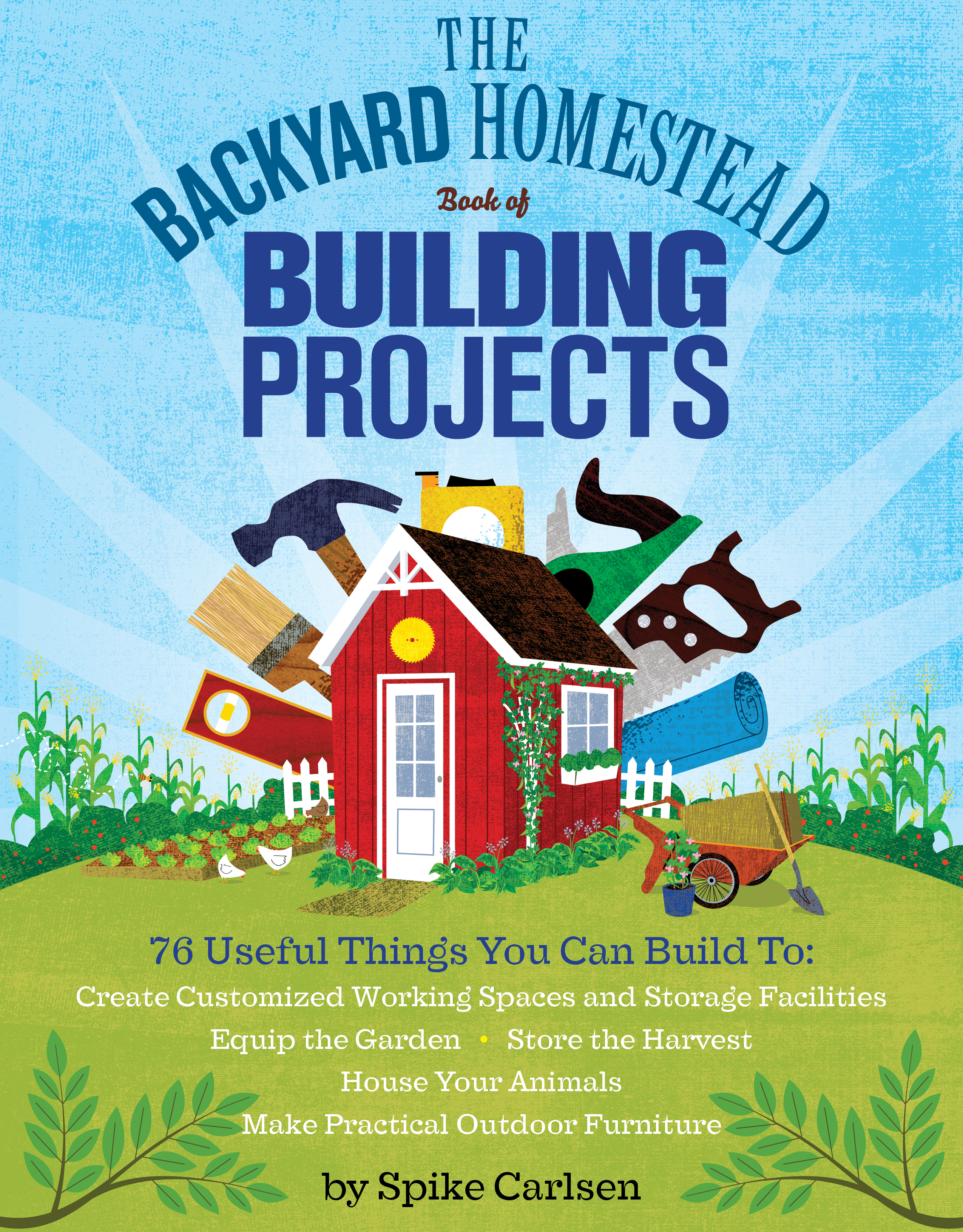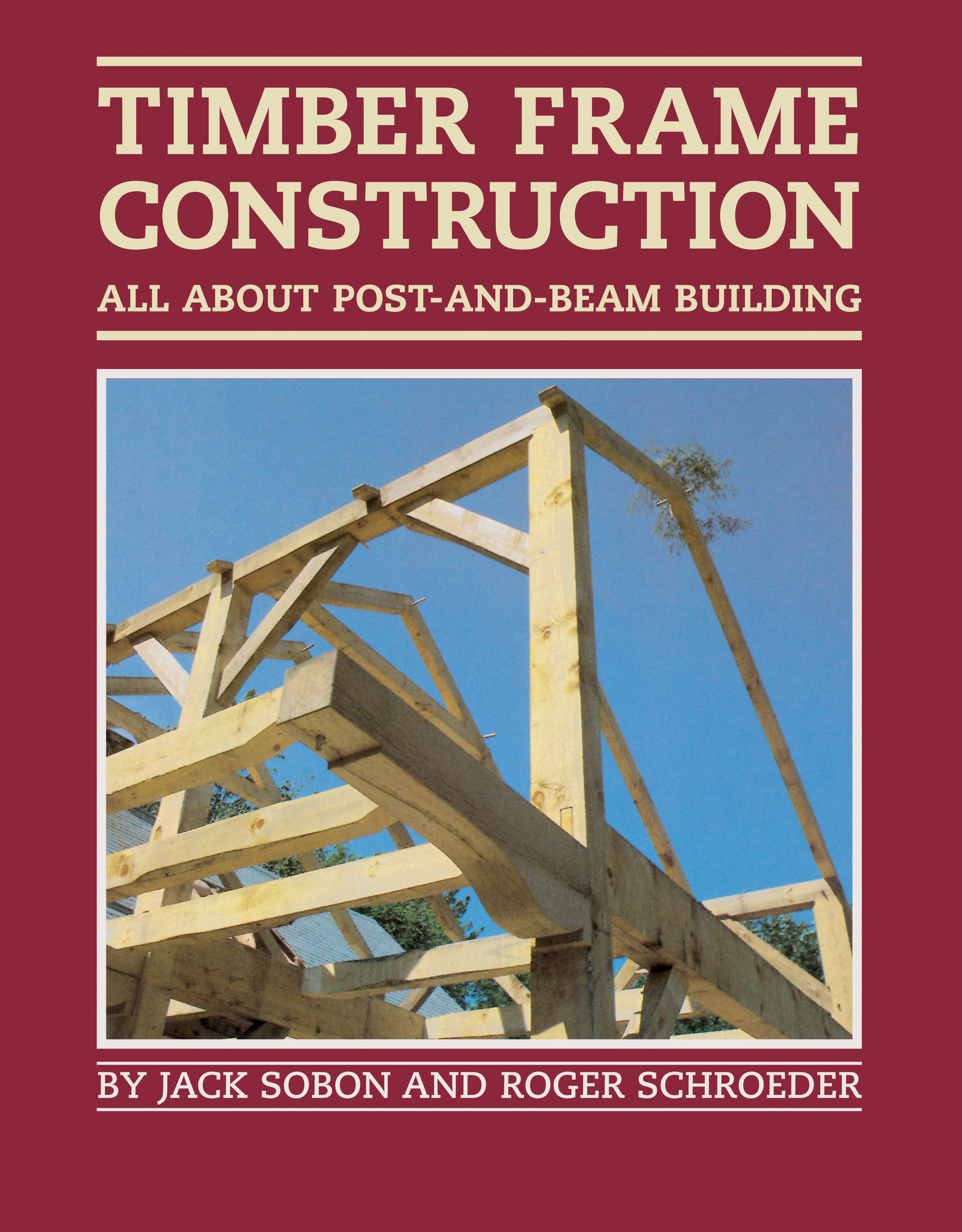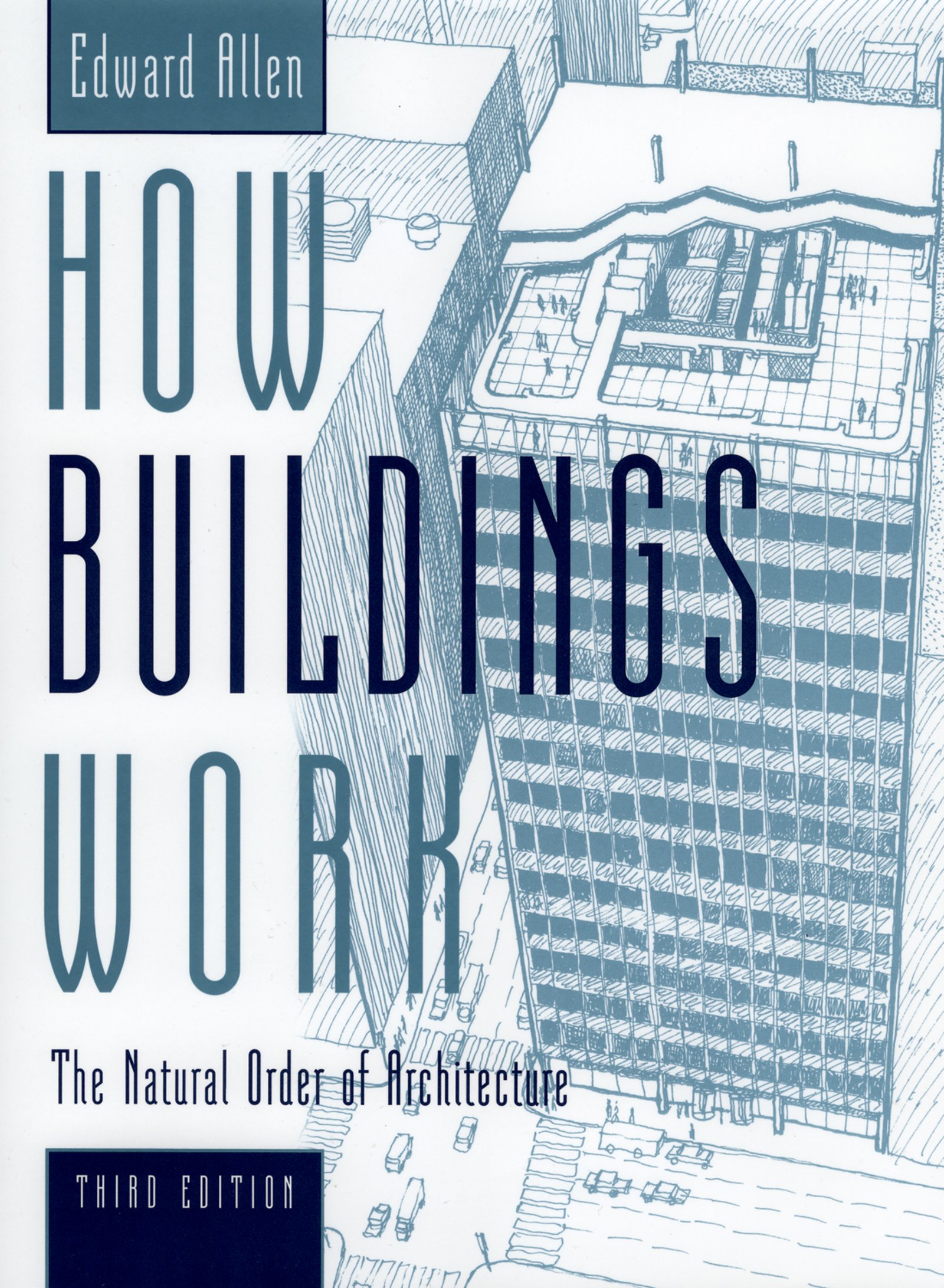The Future Of Housing In The Digital Era, The Most Affordable Types Of Housing Options That Will Be Popular In The Future, How 3D Printed Homes Will R
by Dr. Harrison Sachs
2020-05-30 08:07:07
The Future Of Housing In The Digital Era, The Most Affordable Types Of Housing Options That Will Be Popular In The Future, How 3D Printed Homes Will R
by Dr. Harrison Sachs
2020-05-30 08:07:07
This essay sheds light on the future of housing in the digital era, identifies the most affordable types of housing options that will be popular in the future, and delineates how 3d printed homes will revolutionize the housing industry. Moreover, why...
Read more
This essay sheds light on the future of housing in the digital era, identifies the most affordable types of housing options that will be popular in the future, and delineates how 3d printed homes will revolutionize the housing industry. Moreover, why mobile homes are considered the utmost affordable and best housing option for home buyers is explicated and the multitude of advantages and disadvantages appertaining to possessing a mobile home are delineated in this essay. Furthermore, how to earn substantial money online so that you can afford to buy your dream home is expounded upon in this essay. The future of housing the digital era will reshape the housing industry as we know it and will culminate in more people living in manufactured homes, modular homes, 3D printed homes, and apartment buildings with micro-apartment units over traditional, single family, stick built homes. In other words, the future of housing will revolutionize the housing landscape by rendering housing affordable and not cost prohibitive as it currently is today for most people. The future of the housing industry will help to alleviate homelessness by allowing people to afford to have their own humble abodes without grossly mortgaging away decades of the future to finance the purchase of their homes. In the future, more homes will be deemed smart homes as a result of having smart home systems that includes thermostats, voice-activated security, and interconnected kitchen appliances (Lewis, 2019). Smart homes will also be more energy-efficient, utilize solar powered technologies, and will be replete with ample smart technologies. This also means that the homeowner can control almost everything remotely in a smart home: from room temperature to opening the door and turning on the over. According to a report by the market research firm Berg Insight, by 2022, their report estimates that 63 million households in North America will have adopted smart home systems. The biggest energy savers in smart homes are the temperature control systems. Homeowners can control temperature ranges in multiple zones in their their home to prevent wasting energy heating or cooling unused rooms. The microgrid that the smart home extracts energy from helps to maximize these energy savings. For instance, if it is a mild day and homes do not need as much energy, it turns on the heat pump and water heater to store excess energy for later (Lewis, 2019). Smart homes are able to render the cost of living all the more affordable since they deemed energy efficient homes. In addition to homes of the future being rendered smart homes as a result of having smart home systems, being more energy-efficient, utilizing solar powered technologies, and being saturated with smart technologies, 3D printed homes will also a popular housing option in the coming decades. 3D printed homes can be produced in 24 hours for under $5,000. For instance, a 600- to 800-square-foot home can be produced in just 24 hours for $4,000 or less (Bendix, 2019). A 3D printed home can be produced in an expeditious matter with only a few workers and these 3D printed homes can be designed to withstand adverse weather conditions and even extreme weather conditions. 3D printed homes will be able to provide safe housing to some of the 1.3 billion people around the world residing in slums (Bendix, 2019). 3D printed homes are preordained to become more popular in the future since they provide a safe and affordable housing option that can help to profusely alleviate poverty around the world. Modular homes will also amplify in popularity in the coming years since they provide a more affordable housing alternative over traditional stick built homes. Sometimes called factory-built, system-built or prefab homes, the modular building process is changing construction for the better around the world, providing a fast, cost-effective and efficient way to build a home Modular homes are constructed in an indoor factory setting.
Less


